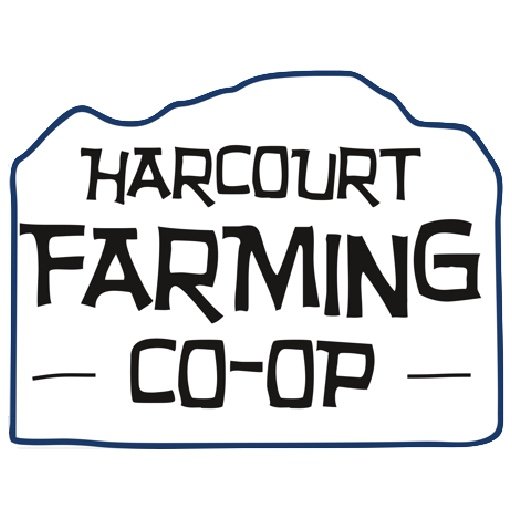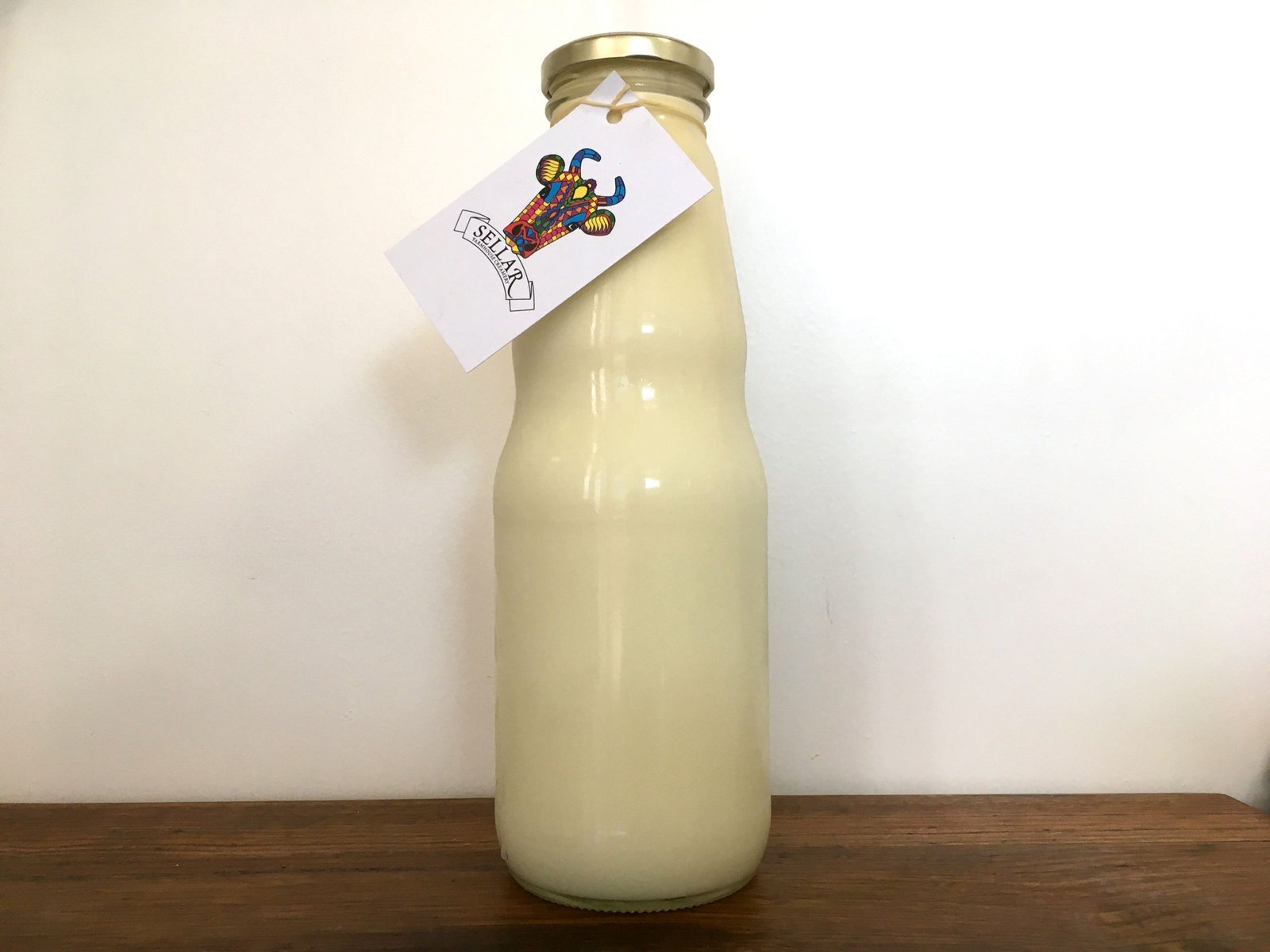Here at Sellar Farmhouse Creamery we were never interested in selling milk in single use packaging. However there’s much more to it than you might think.
Every week when we return from market and unload creates of returned milk bottles for reuse, it blows my mind to think that these would normally be going in the bin. To then think how teeny tiny our part of the liquid milk market is really hits me as to just how much single use packaging goes into landfill.
So far, in the 7 months we have been operational, we have bottled some 8000 litres of milk. In that same time I have brought 1650 new bottles into the system most of which are still part of the fleet I have on rotation. Each week on average I bring 10-20 new bottles into the system which I think is a pretty amazing return rate! So thank you to all the people who regularly return their bottles. A minimum waste dairy system ONLY works when people take part.

Funnily enough, the old milk bottle return system was well thought through. For starters they were thicker glass. Currently I break about 2 bottles a week due to rushed movements and thin glass bottles. The quality of my new CSA bottles which I had to get in from Italy, once my original Australian made bottles ceased production, is far worse. We’ve had far more of these import bottles break in transit.
These modern bottles that have the threaded lid system are convenient in some ways but are more difficult to clean. The old-school milk bottles had no thread for screwing a lid on(instead having a press-on foil lid), which allowed for much easier cleaning. Ensuring there are no caked on bits stuck in threads is the most time consuming part for me.
The screw-on lids seem to contain a lot more invested energy than a foil lid and yet only last me about 3 uses before they become too damaged for use.

The scale I’m at, it would not be economical to get custom bottles made in this style. My dream would be that one day there are enough of us out there wanting this product that an Australian glass factory might be open to making the old milk bottle again.
So to keep the system rolling I thought I’d just answer a few questions regarding returns.
Thanks for helping us to provide a minimum waste, fresh, local dairy system!
How clean do the bottles need to be?
Clean. Having a returnable bottle system is awesome! I do however spend up to 10 hours a week cleaning bottles and dirty bottles take a lot longer to clean. I’ll always be giving bottles a quick check, clean and sterilise at my end but I do require you to clean then out at your end.
I can not accept returned bottles which still have milk in them. This is a hygiene hazard to bring into my factory.
Please do not use SFC milk bottles for other purposes and return them.
Please only return intact SFC bottles.
How to wash milk bottles to avoid milk protein build ups?
Prewash
As soon as you have finished your milk, rinse with warm water to remove the residue. Washing bottles immediately in water which is too hot actually cooks the proteins onto the glass, making it much harder to remove. Cold water sets the fat, warm is the way to go.
Main wash and dry.
- Wash bottle with hot detergent water with a bottle brush if by hand or a dishwasher, taking care to remove all residue from the rim of the bottle.
- Rinse all detergent residue off the bottles and leave upside down to air dry. Avoid putting lids back on while still wet.
What about lids?
Lids have a much shorter life than bottles. While I do reuse them, only if there is no visible damage or discolouration. So if you lose one that’s fine. The flip side of this is that I always have a large supply of lids which would be fine for home preserving but not bottling milk so let me know if you ever are in need.
Do I need to return bottles regularly?
Yes! Every time you don’t return them, this means I need another fleet of bottles to cover the milk bottling. The more bottles I have to own, the greater the expense.


Leave a Reply